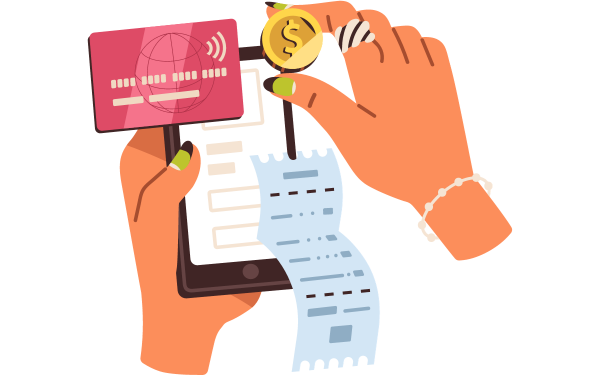Payments are changing. Fast. Cash is on the decline, contactless is all the rage. And even trusty plastic is under threat as more and more shoppers turn to payment apps on their cell phone.
According to Forbes, 53% of Americans now use so-called ‘digital wallets’ – apps like Apple Pay, Google Pay and Samsung Pay, which allow you to make contactless payments from your smartphone – more than traditional payment methods.
Money apps have also opened the door to the latest hot trend in digital payments – point-of-sale (POS) financing, otherwise known as Buy Now, Pay Later (BNPL). If you’ve used apps like Klarna, AfterPay or PayPal’s Pay in 4 service, you’ll know the deal – when you buy an item, you get the option to spread payments out in instalments, either with a down payment there and then, or all deferred to a later date.
As with so many digital trends these days, these deferred payment services started online, with innovative fintech companies spotting an opportunity to muscle in on traditional consumer credit territory with faster, more convenient offers for online shoppers.
But with an increasing number of BNPL providers extending their services to in-store payments, too, is it time to consider adding these options to your POS? Here’s what you need to know.
Easy customer credit, with no risk to you
The principle of POS financing is not a new one. In big ticket retail sectors like home furnishings and electrical appliances, vendors have long understood the benefit of offering credit to their customers on favourable terms, often 0% finance.
But the new breed of digital POS finance service is a little different. For one, there’s no need to negotiate an agreement with a traditional credit provider like a bank. BNPL providers offer an out-of-the-box service. In that sense, they are like credit card providers. They also offer credit options for much smaller value purchases than traditional retail finance.
This makes everything very straightforward for both you and your customers. Once you sign up to a service, they take care of everything for you. Crucially, there is no interruption to the transaction process. You get paid in full at point of purchase, your customer gets their goods. The credit agreement is then between the customer and the service provider, with no liability or risk on your behalf.
The only intervention might come if the provider refuses a credit option for a particular purchase. But this usually happens in close to real time, and is based on the known credit history of the customer.
Another big plus is that you don’t even need to do anything tech wise with your existing card reader and payment processing infrastructure. For use in store, services like Klarna and AfterPay generate what are known as ‘virtual cards’ within their respective apps. These cards can be added to mobile wallets like Google Pay, Apple Pay and Samsung Pay. And then tapped on a contactless reader to make a payment as usual.
Overall, introducing BNPL payment options to your point of sale gives your customers yet another way to pay. And at a time when lots of people are feeling the heat financially, deferred payments are an option a lot of people are going to show a lot of love for. They are easy to set up and provide a slick, reliable professional service. And best of all, there is no risk to you.




